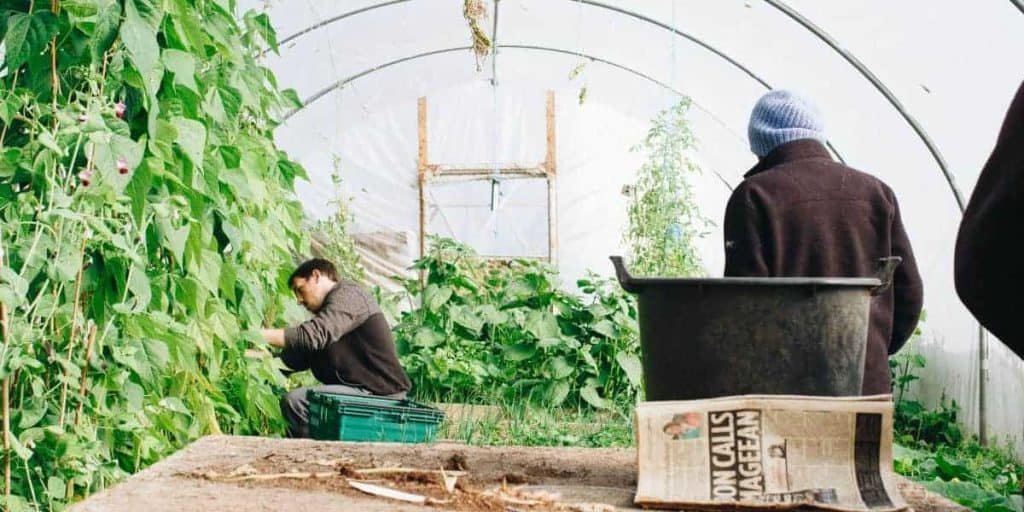Crop Rotation
Generations of experience have shown that growth and yield can be reduced if crops are grown in the same ground year after year. Crop rotation in sequence is a long-established practice to prevent this.
There are three main reasons for using rotation: to combat pests and diseases, to maintain soil fertility, and to keep the soil well cultivated.
THE ADVANTAGES OF ROTATION
The greatest advantage in leaving a gap of at least three or four years before growing the same crop in a site again is in interrupting conditions that favor particular pests or diseases. Several fruit and vegetable problems, like eel-worms in vegetables such as potatoes and tomatoes, foot and root rots in peas and beans, clubroot in brassicas, white rot in onions, and parsnip canker, are carried in the soil.
Continually growing related or similar crops on the same site will only nurture the pests and pathogens. Strawberries are highly susceptible to viral diseases, some of which are carried by eelworms; plant new stock where large populations of eel-worms are less likely to have built up.
It is also best to avoid replanting fruit bushes, canes, or trees on sites from which old ones have been removed. A condition known as replant disease can cause reduced or even stunted growth. Nutrient exhaustion, virus transmission from eelworms, and fungal diseases may all be implicated.
A second reason for using rotation is to meet differing nutritional needs.
Well-planned rotation can help to maintain fertility, taking account of the different preferences of crop groups. Legumes, especially fava beans, can extract nitrogen from the atmosphere, while brassicas need plenty of nitrogen to produce edible leaves and flower-heads; therefore, it makes sense to plant brassicas where legumes have recently grown.
Root crops, which require low levels of nitrogen, can be grown after brassicas. Alternating crops also sets up a regular pattern for maintaining ideal soil pH. Legumes benefit from ground dressed with organic matter, which lowers pH, while brassicas do best in soil with a higher pH, which discourages club root: alternating manuring and liming with these rotating crops ensures that the soil never becomes either too acid or too alkaline.
The third benefit of rotation is that it helps to control weeds and maintain good soil structure. This is where the third group is particularly beneficial: the cultivation of the soil for potatoes and other root vegetables helps to break up the ground and keep it open.

THE LIMITATIONS OF ROTATION
There are practical problems in strictly following rotation. Crops in the groups may be required in different proportions, or their seasons may overlap. Close proximity of crops enables diseases or pests to spread readily to new areas; a few diseases, like clubroot and white rot, can remain viable in the soil for many years beyond a reasonable rotation period.
Rotation is an aid to pest and disease suppression, not a total prevention or cure. Some gardeners hold that in small areas it is better continually to grow one crop on the same ground, and then avoid it altogether for susceptible crops when infestation reaches an unacceptable level.
PLANNING ROTATION
It is difficult to adhere strictly to a three plot rotation in a small garden, but the principles are sound and it is a practice to be aimed for. The plantings suggested here are reasonably flexible: as long as the main plant groups of legumes, brassicas, and potatoes and root crops are kept separate, the other crops that are included with them may be placed in one group or another to suit other planting considerations.
The crucial rule is to have two complete cropping seasons without repeating a vegetable group if at all possible. Keeping a record of operations in the fruit and vegetable garden is always time well spent, and a diary of each year’s planting is especially valuable for planning rotations.
Originally posted 2020-08-11 20:17:26.



